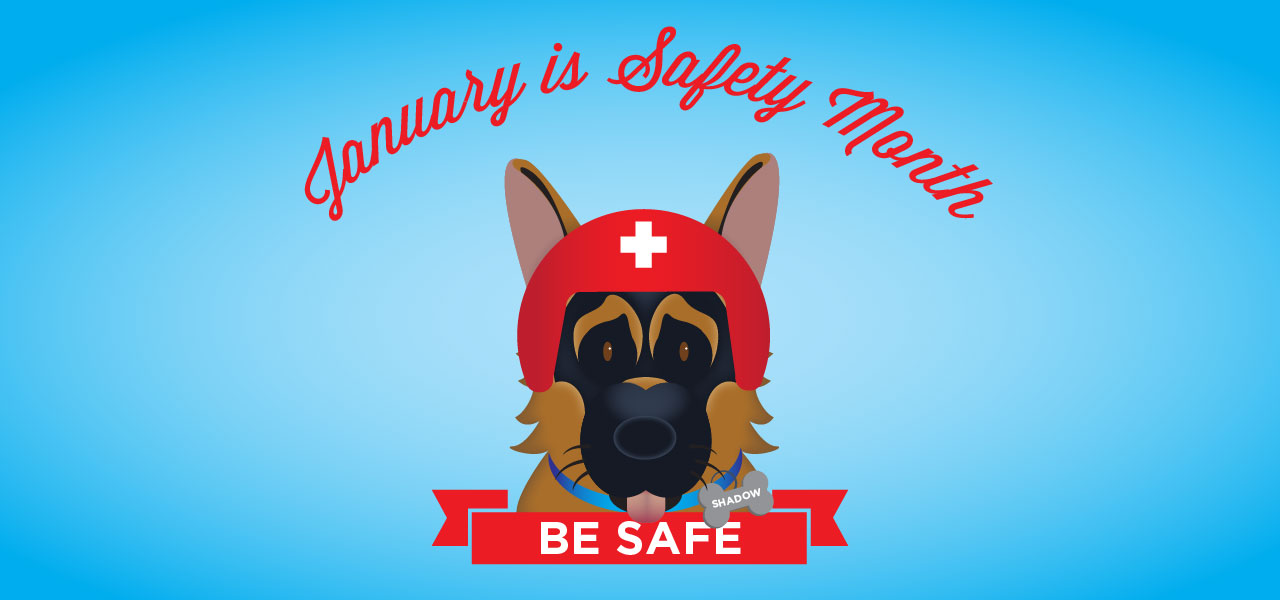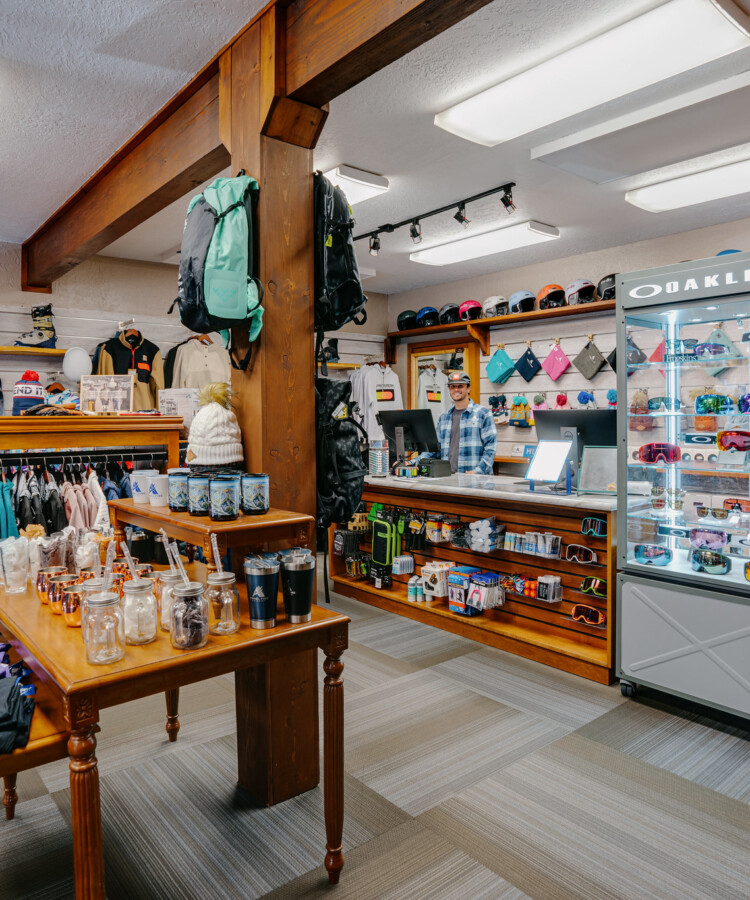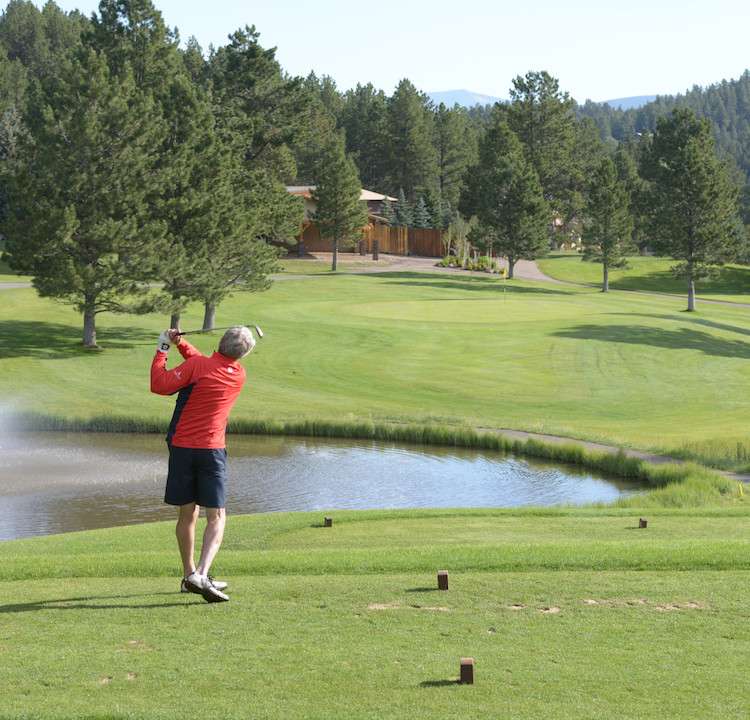

Helmets, helmets everywhere. That’s what we like to see at Angel Fire Resort. We understand that it is a personal choice to wear a helmet. Our hope is, that in the spirit of Safety Month, we can offer some information to help you make the decision for you and your family.
As more and more studies are done, that show the long-term dangers of even minor head injuries, the popularity and image of wearing a helmet has changed on every level in every sport, from complete beginners to big mountain pros. Although, most of the studies done in recent years have focused on high-impact sports like football and hockey, your brain doesn’t know the difference between a linebacker and hard-packed snow. If your brain bumps into your skull wall at a fast enough rate, it’s going to get hurt.
The Facts
Concussions
Concussions are any traumatic brain injury that affects brain function. They can vary in severity and symptom, but any concussion is not to be taken lightly. Like with any injury, an injury to the brain takes time to heal.
Snowsports Helmets
Helmets specific to snowsports are recommended, these helmets are built for specific rates of speed, impact and other factors that may differ in helmets designed for other sports. These helmets can make a difference in reducing and preventing brain injuries at all levels, but do have limits. It is important to keep in mind that just because you are wearing a helmet, does not mean you should go faster or bigger than your ability level allows. Snowsports helmets are also insulated, which can help block wind and keep you warm on cold days.
It is also important to make sure that your helmet fits properly. The best helmet in the universe won’t help, if it doesn’t fit properly. Here are some tips on what to look for when buying a helmet:
- Always try it on – Your helmet should be snug, but not squeezing your head. If it gives you a headache, it is probably too small. If you shake your head in a “yes and no” motion the should be minimal to no movement. If your helmet wiggles around, you will need a smaller size. Many helmets have adjustable fit systems built in, for a perfect fit. Make sure you get to know your helmet, and how these fit systems work.
- Bring your goggles – It’s a good idea to bring your goggles if you can, when buying a new helmet. Goggles may affect how your helmet sits on your head. Your goggles should fit comfortably on your head with your helmet. Make sure they do not push your helmet back on your head. There should not be a gap between your goggles and your helmet.
- The chin strap – Make sure you try the chin strap, it should be snug, but not choking. When skiing or riding it is really important to snap the chin strap, wearing helmet won’t help if it pops off your head when you crash.
Why I wear a helmet
I can’t lie, as a kid I remember resisting my ski patrol father insisting I wear a helmet. I didn’t think it was “cool.” But, I wore one, for fear of being grounded. Being older and wiser, I now know they are super cool. I suffered a pretty sever concussion a few years ago, I ended up mostly okay, but my accident could have been a whole different story. I also, turn into a grumpy Gus when I am cold. I have noticed a huge difference when wearing a helmet, in how much warmer I am. Windy days are no big deal for me and my helmet. I definitely recommend wearing a helmet, my thought is, “why not?” It certainly won’t hurt in a sticky situation, and it may save your life.
Resources
Above all we want all our guest enjoy our mountain and stay safe, so that the enjoyment can last for years!












